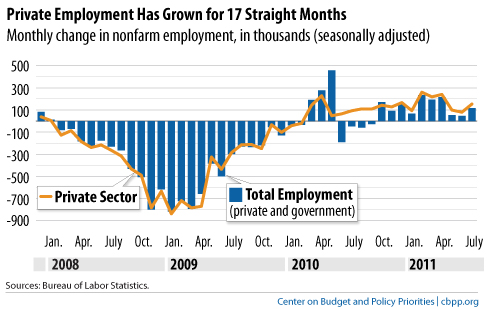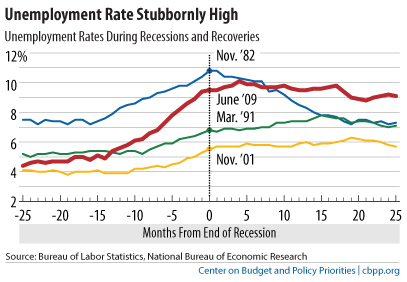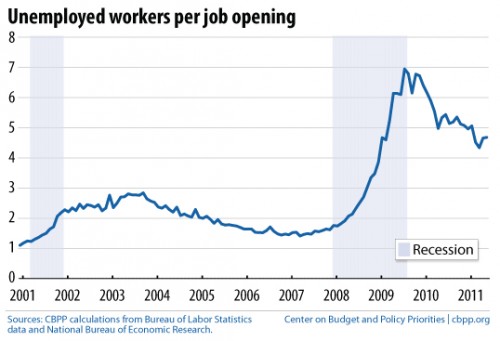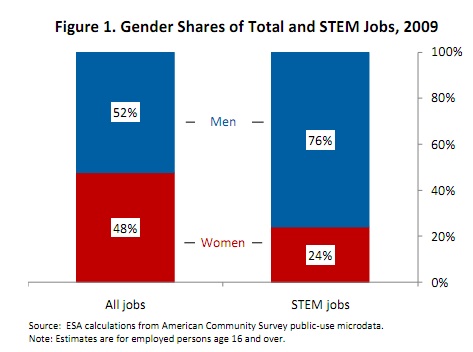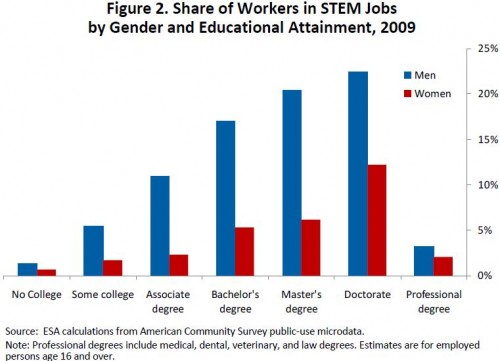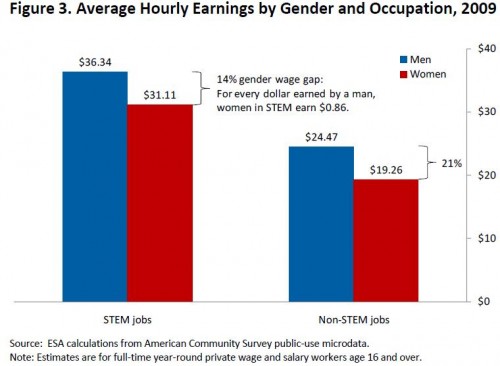Cross-posted at North Atlantic Books Communities.
Edward Said famously argued that the West uses the East as an inverted mirror, imagining them to be everything the West is not. In a book titled Orientalism, he showed us how this perceived binary separating the Semitic East and the Christian West has traditionally manifested itself in art through romanticized scenes of Eastern cultures presented as alien, exotic, and often dangerous.
European painters of the 19th century turned to backdrops of harems and baths to invoke an atmosphere of non-European hedonism and tantalizing intrigue. Ingre’s 1814 Grande Odalisque , for example, depicts a concubine languidly lounging about, lightly dusting herself with feathers as she peers over her shoulder at the viewer with absent eyes. The notions of hedonistic and indulgent sex are bolstered by hints to opium-induced pleasure offered by the pipe in the bottom right corner. Images like this prompted viewers to imagine the Middle East as a distant region of sex, inebriants, and exciting exotic experiences.
Orientalism continues to inflect popular culture, but because we see ourselves differently now, we see them differently as well. The rise of Islamic fundamentalism in the East, and the corollary Islamophobia of the West has shifted the focus to violence coupled with religious fervor. Take for example an image from a February New York Times article entitled “Afghan Official Says Women’s Shelters are Corrupt.”
The story is about the Afghan government’s desire to take over all Western-established shelters which they claim are “more concerned with the budget than the women.” It’s an article about bettering women’s support, community and safe havens, an act many Westerners would deem progressive in a way they wouldn’t usually view the region. However, the photo that was chosen for this article offers all the classic stereotypes held about the Middle East by depicting entirely veiled women who are shut indoors surrounded only by symbols of religion. The viewer sees two women, in both a hijab and niqab, separated onto two beds with looks of utter despondency; one looks down at her hands while the other stares off into the space ahead of her. In the center of the room is a young girl, blurred by the long exposure of the camera which attempted to capture her in the act of seemingly fervent prayer. Behind the praying young woman is an even younger girl sitting on a bed with a baby on her lap. Rather than depicting the officials who are rallying for female empowerment and institutional improvement, the photo that was chosen paints an image of silenced religious females.
Often imagery is more powerful and memorable than words and in some cases the photographs chosen to accompany the news are less than representational of the story at hand. This instance is typical of the Western media’s predilection for reinforcing Western notions about the East through imagery, instead of finding common ground between two regions that many believe are naturally separated by ideology. Thus orientalism lives on, transformed from its roots but maintaining its destructive stereotypes.
Adam Schwartz is an undergraduate at University of California, Berkeley entering his final year in the Media Studies program. He is currently preparing to write his thesis analyzing the gender and racial implications of the American Apparel advertising campaigns. When he isn’t in school he can be found biking along the beautiful California coast or working for the Berkeley Student Cooperative.
Lisa Wade, PhD is an Associate Professor at Tulane University. She is the author of American Hookup, a book about college sexual culture; a textbook about gender; and a forthcoming introductory text: Terrible Magnificent Sociology. You can follow her on Twitter and Instagram.





